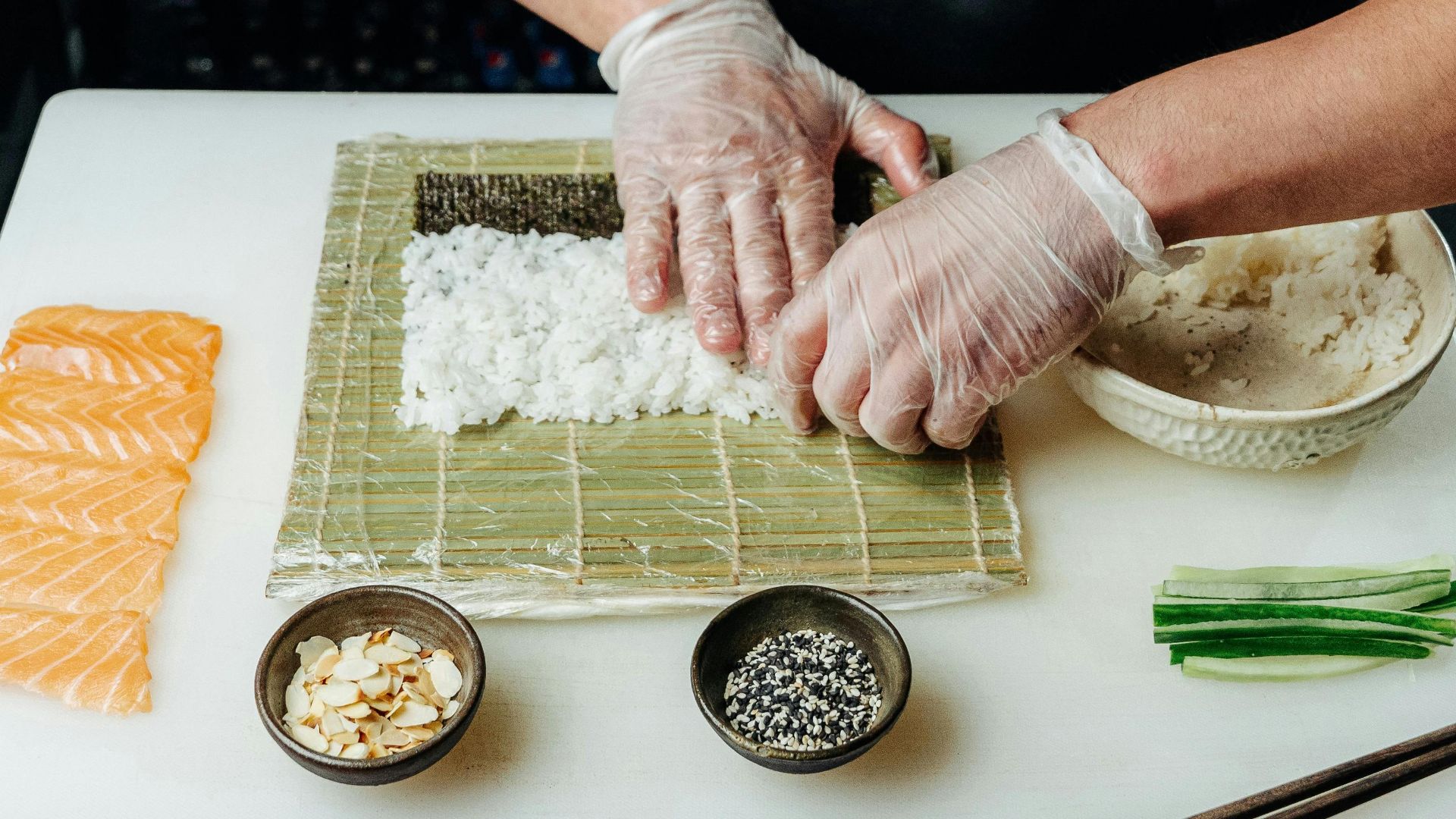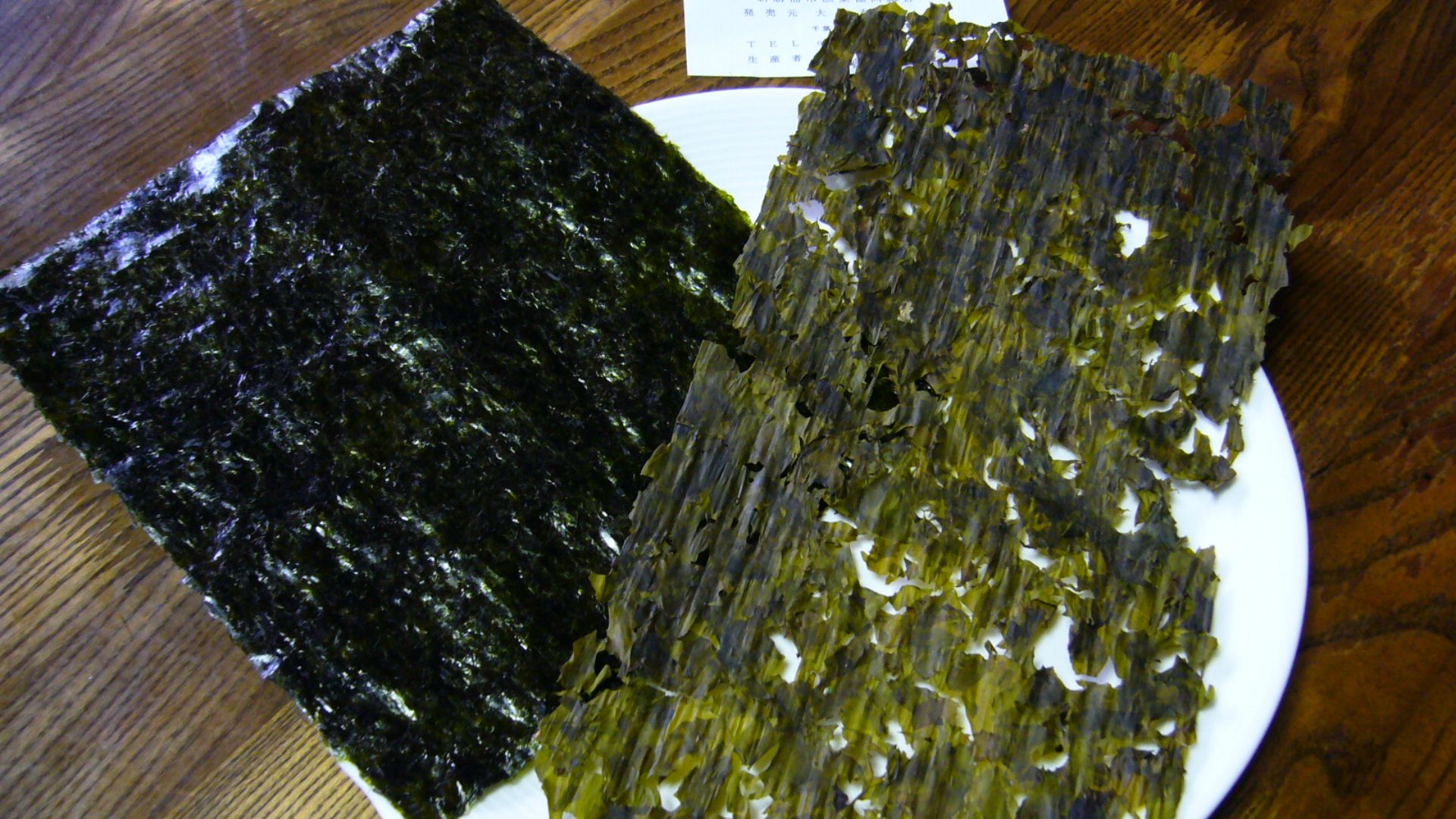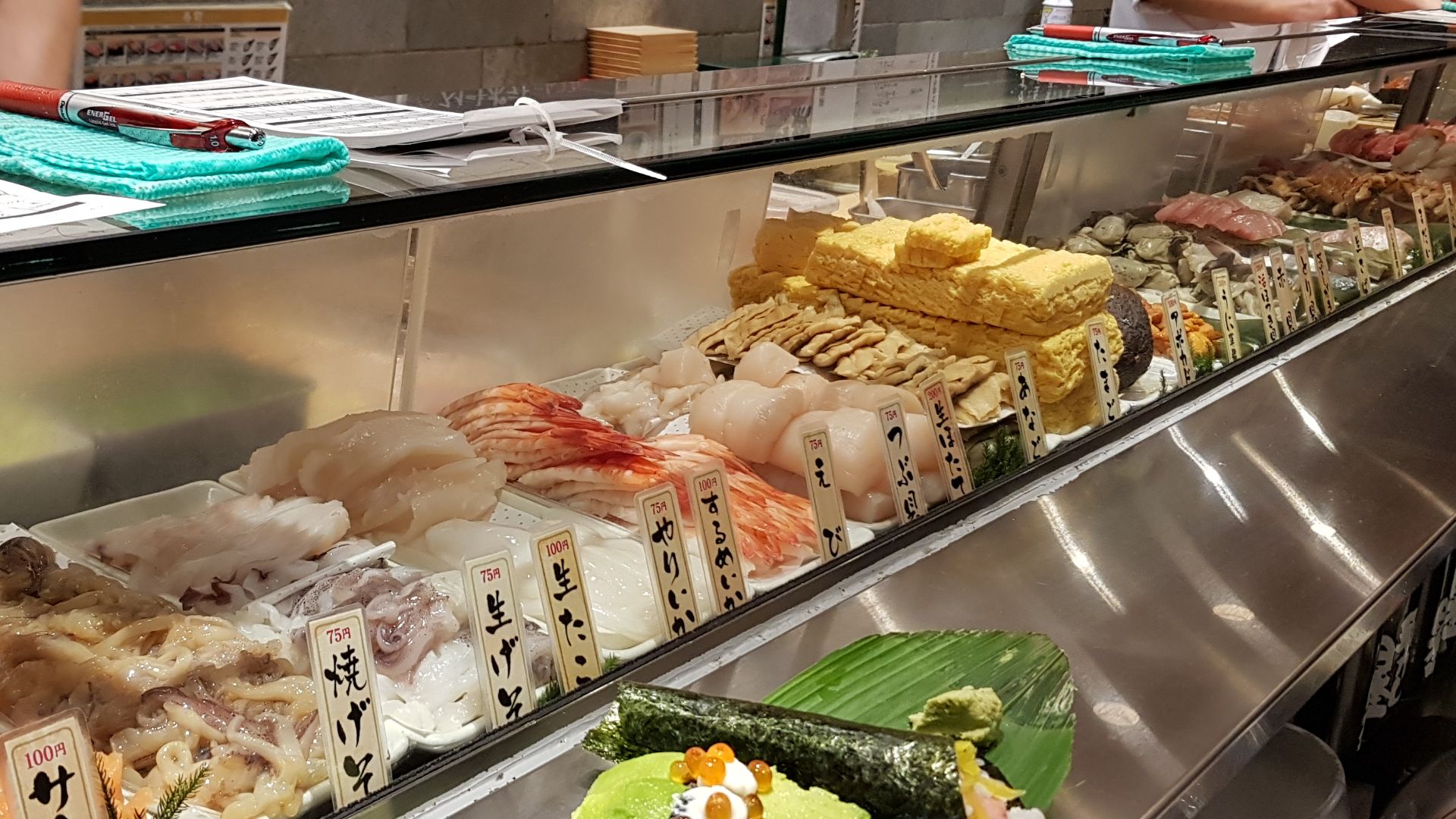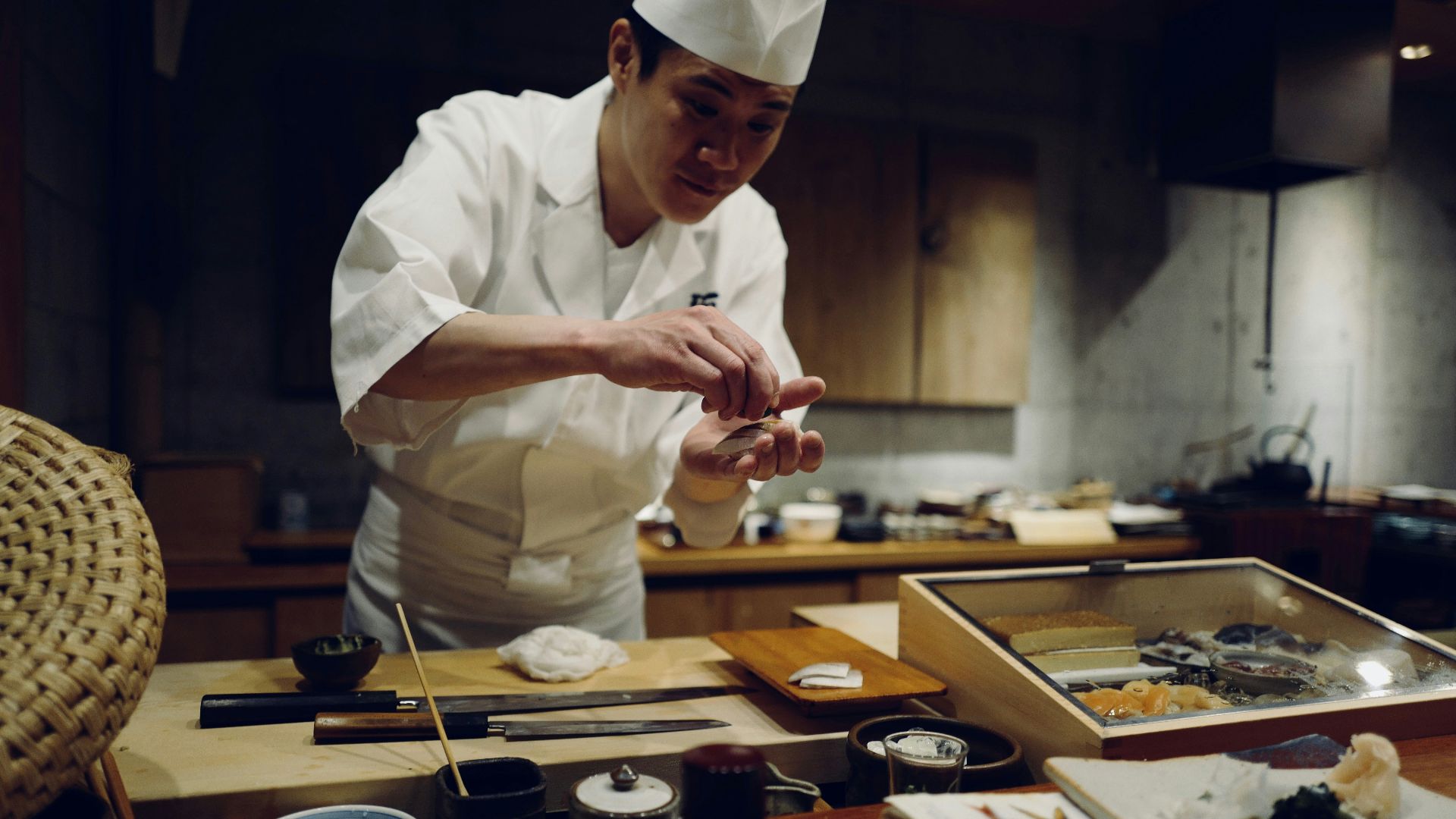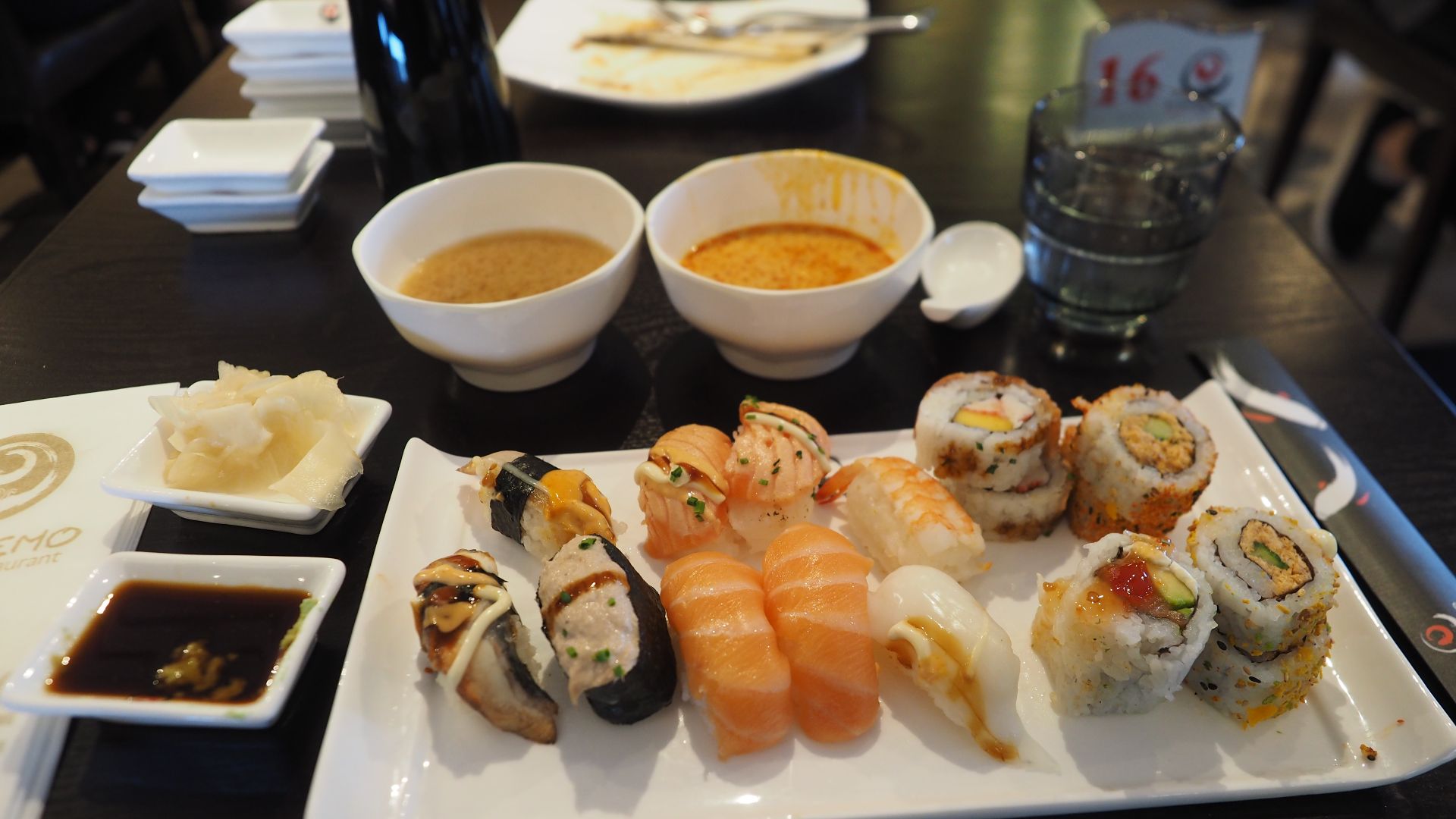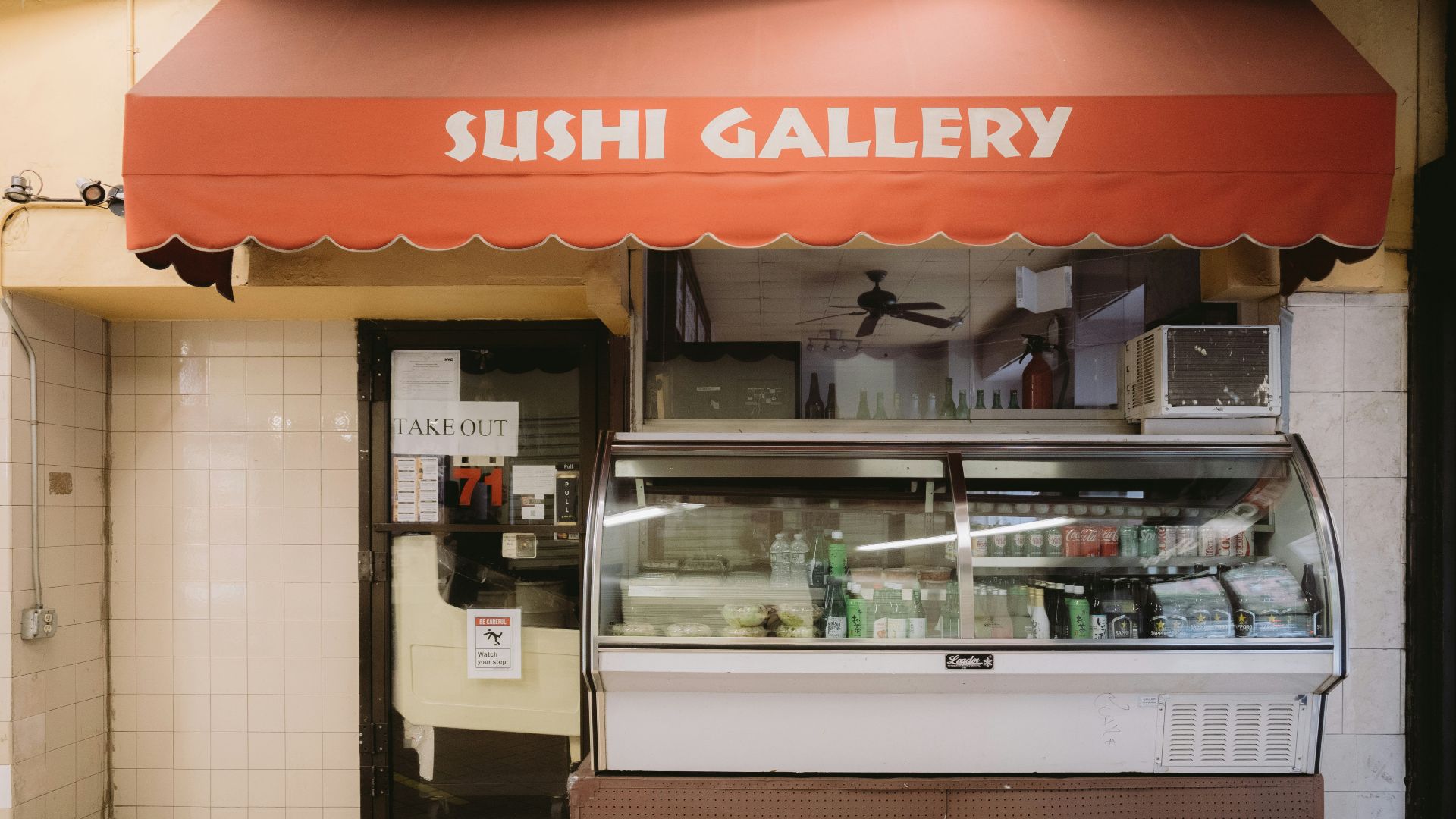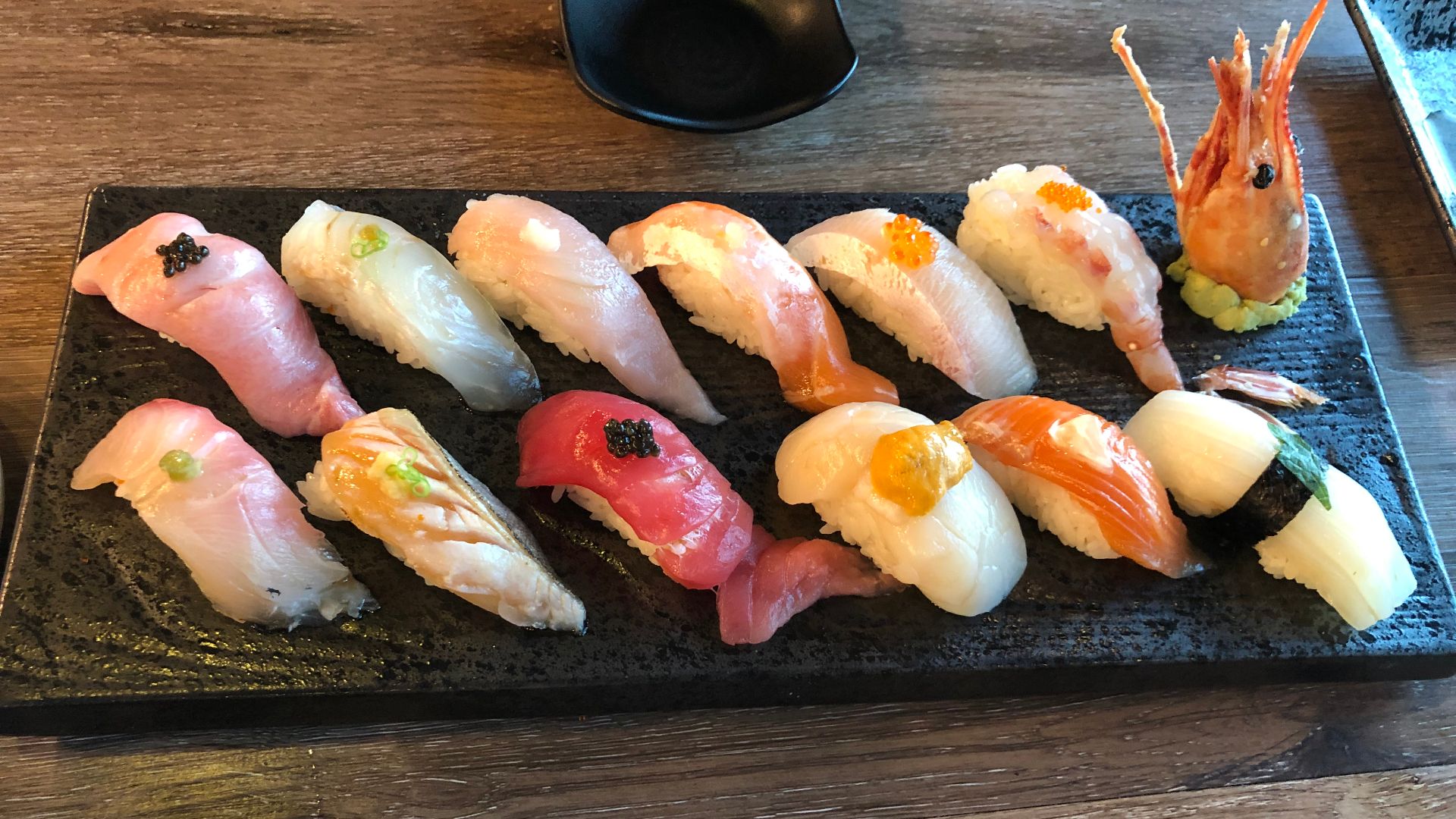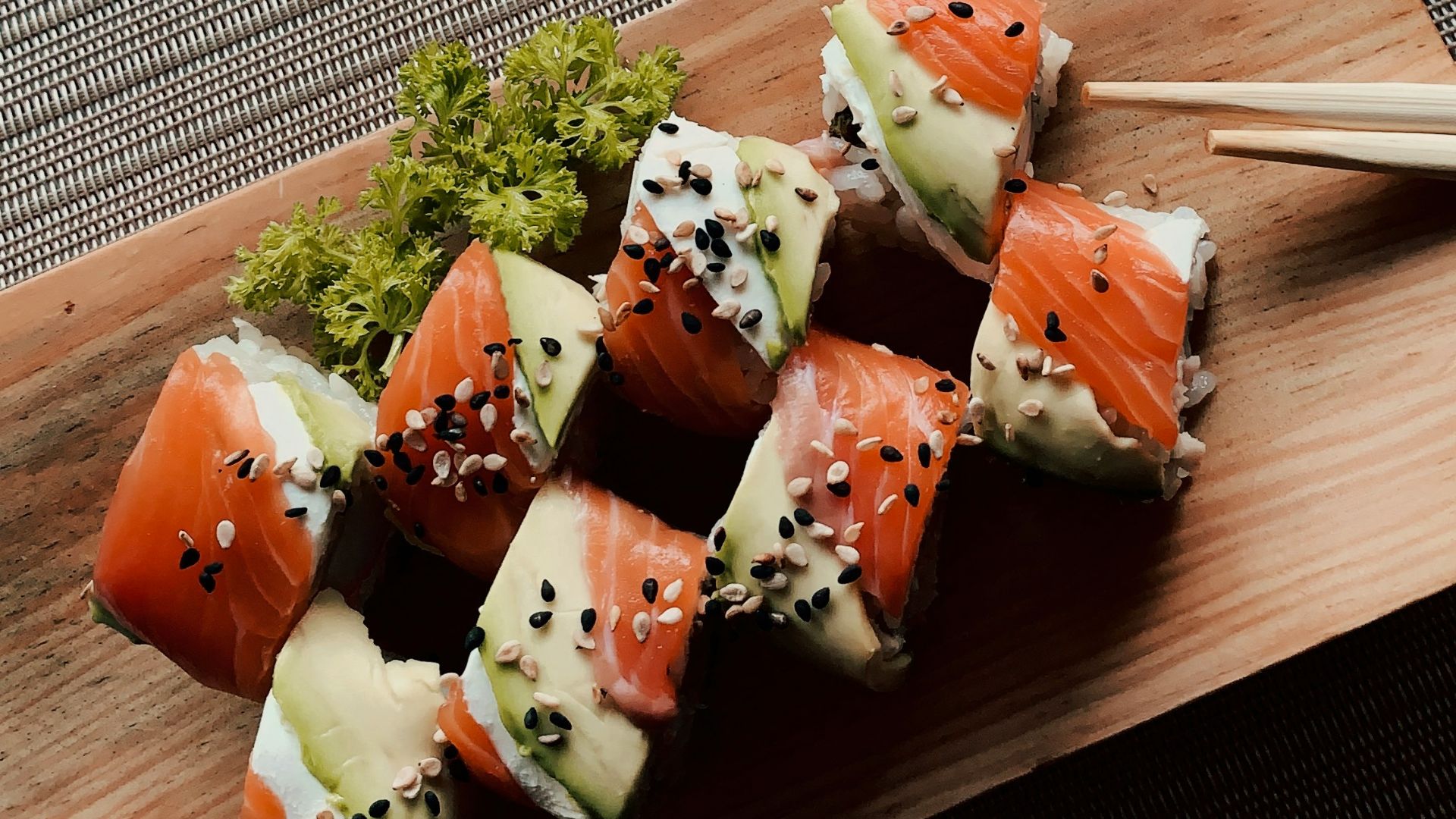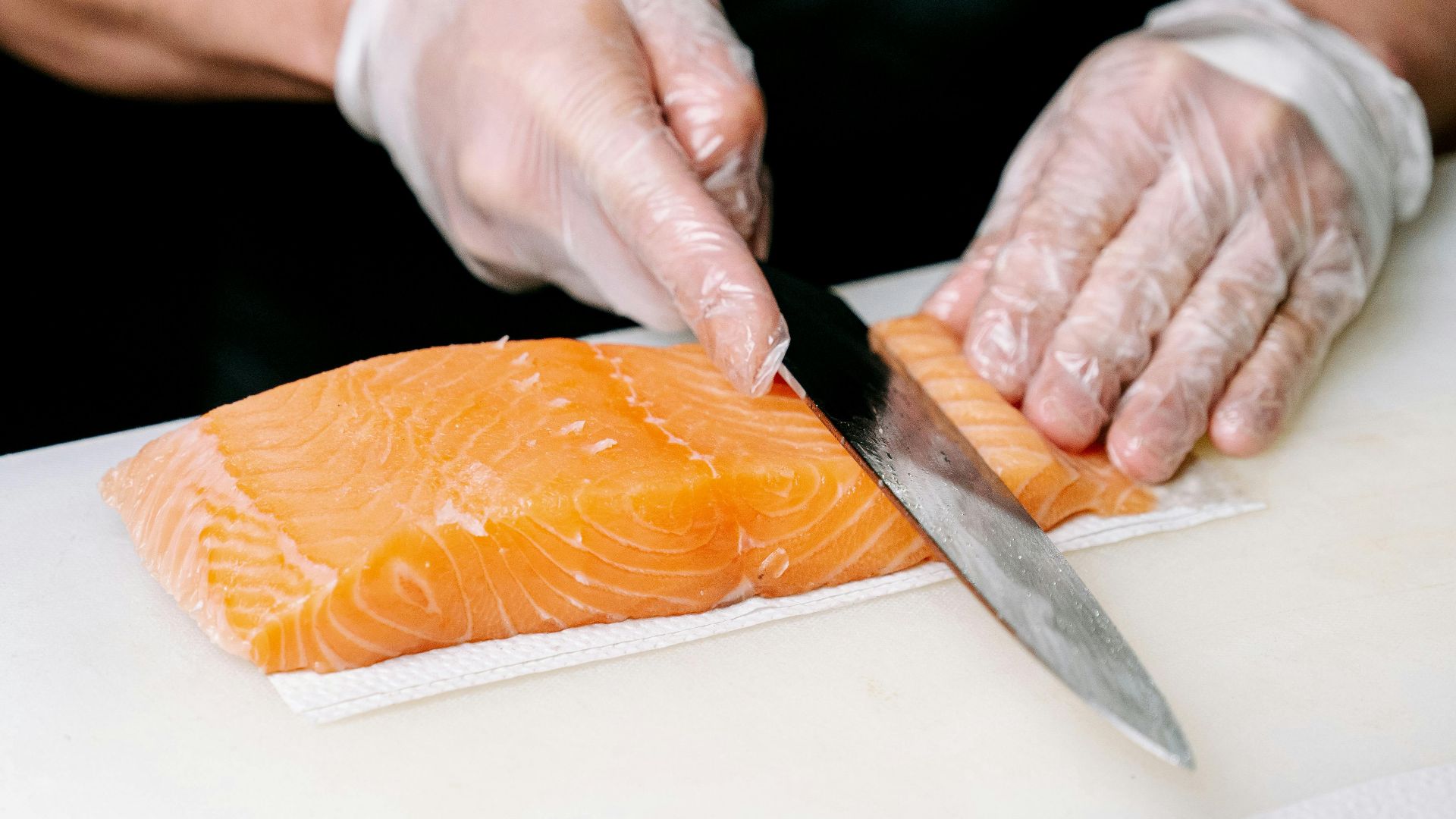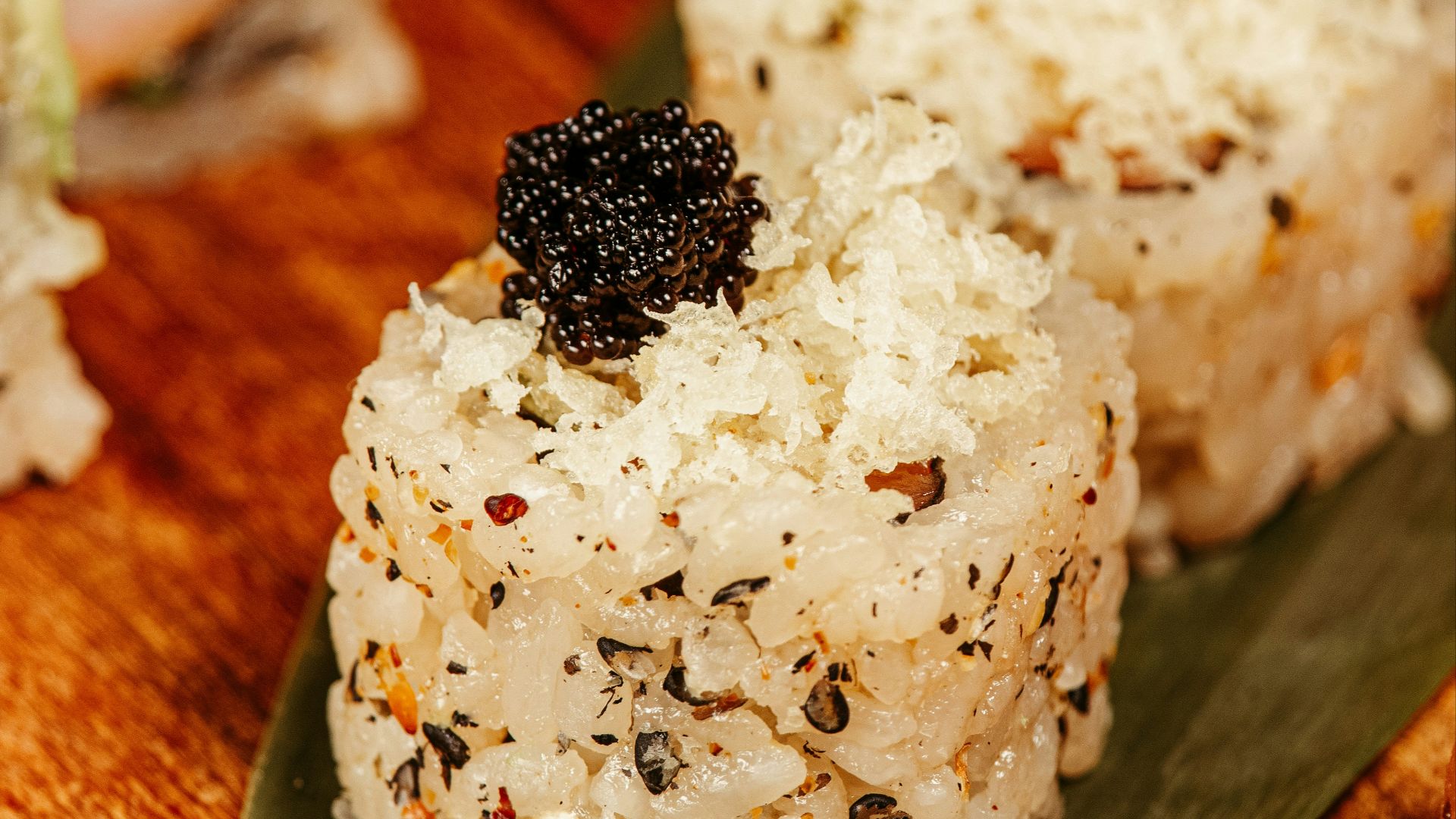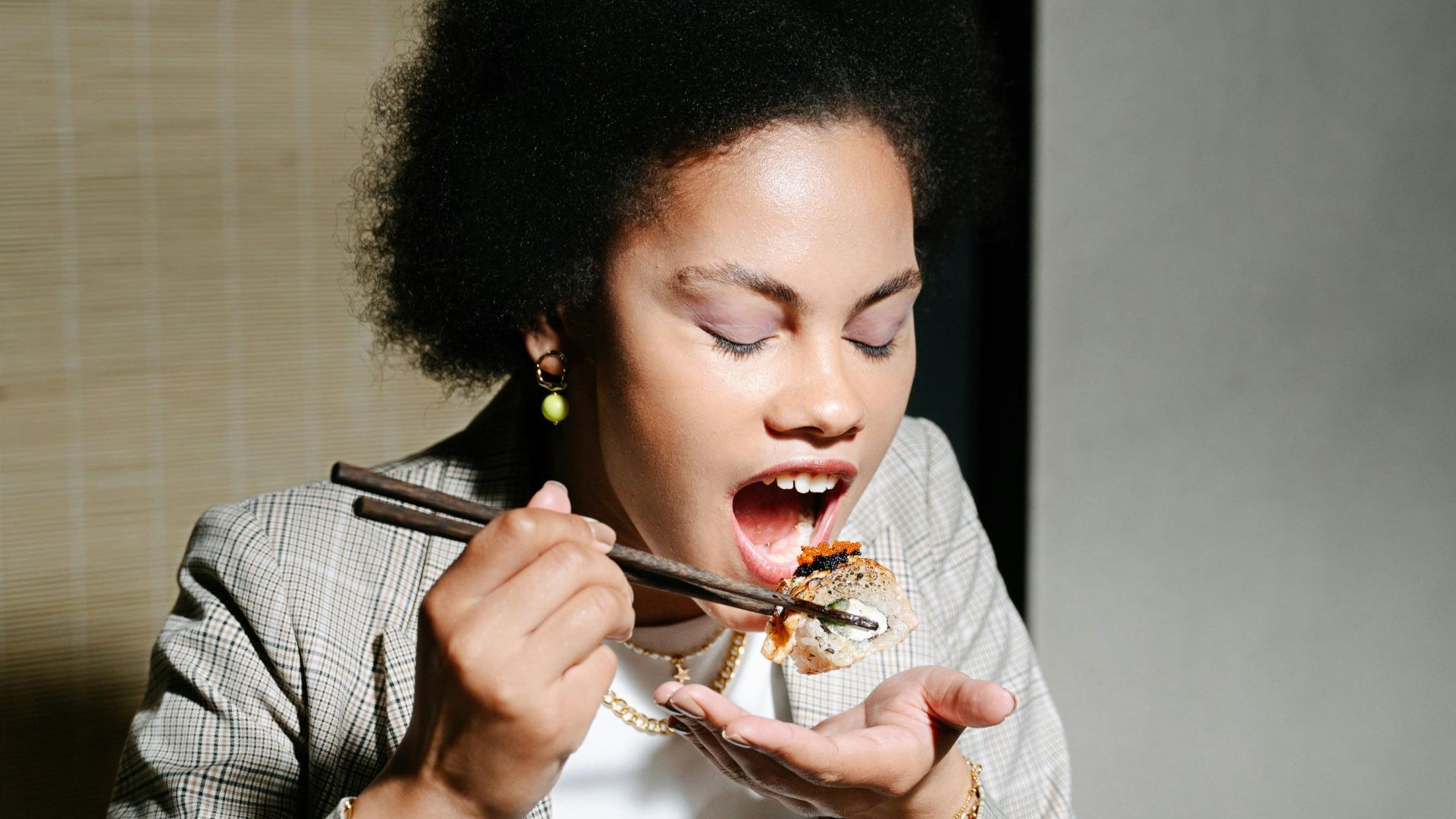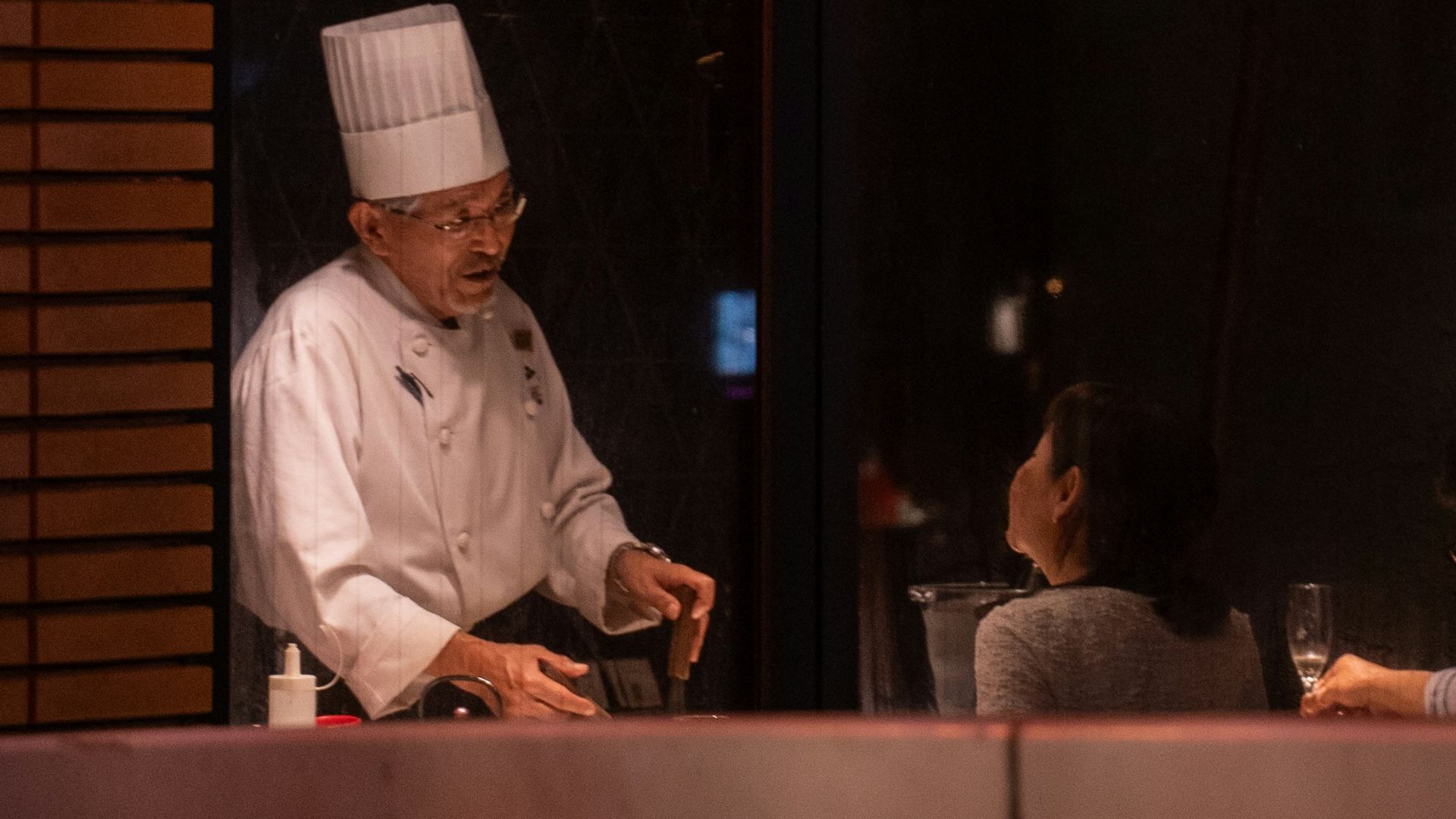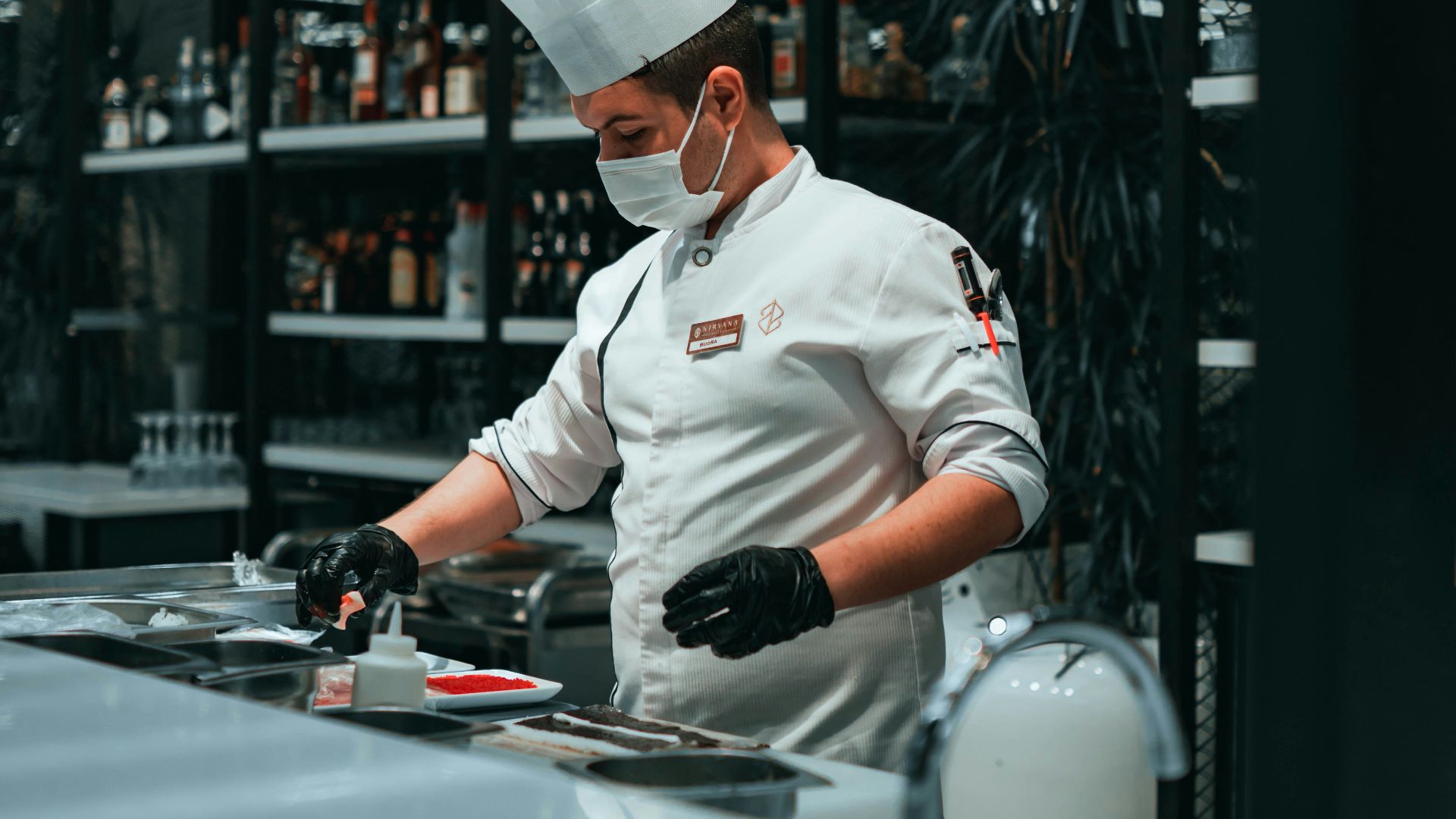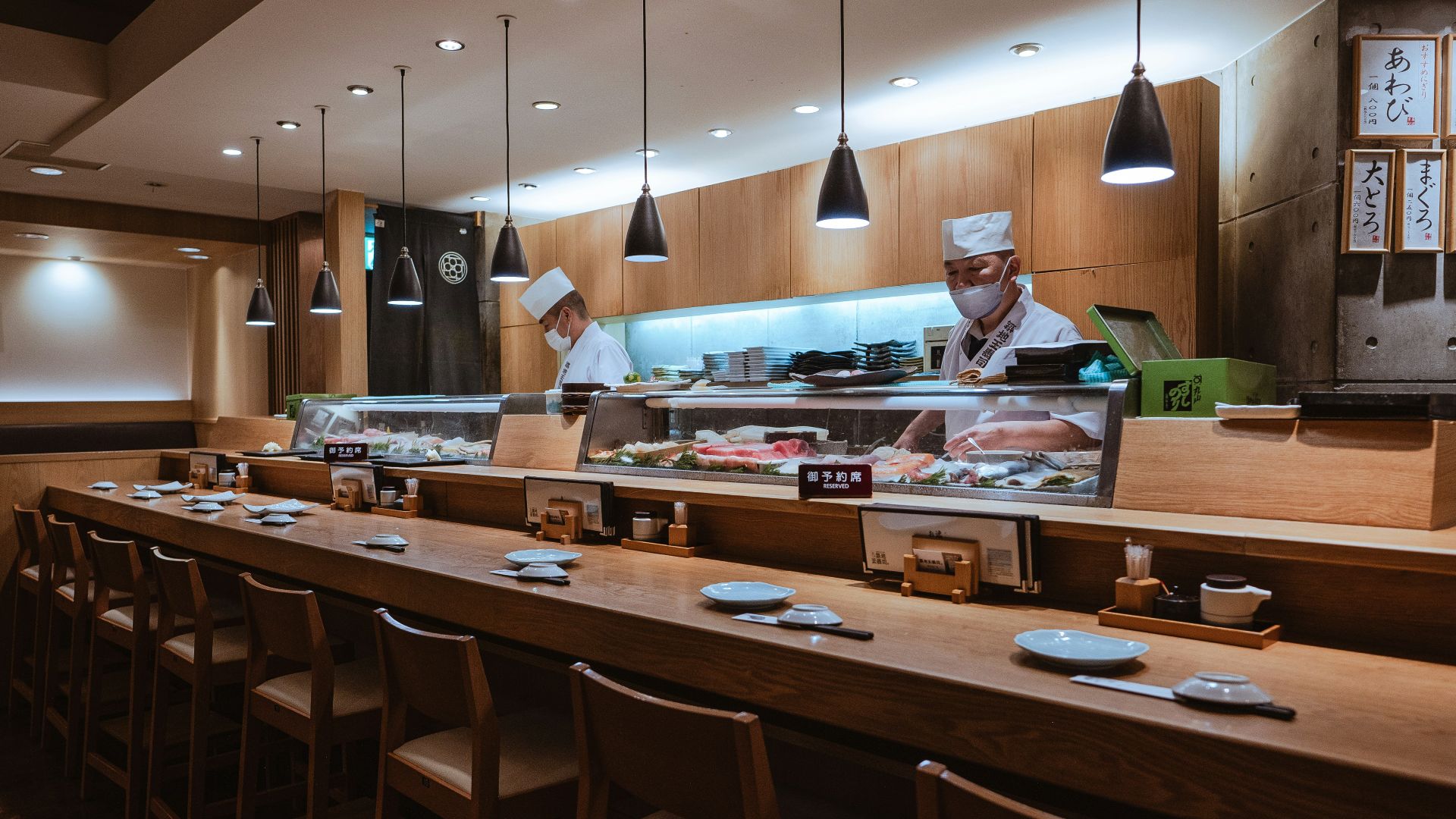Reading The Restaurant Clues
Sushi night can go one of two ways: an incredible food experience or a disaster you’ll regret halfway through. The tricky part is spotting the warning signs before you’ve already ordered three rolls and a miso soup. And the difference is easier to see than most people realize—you just need to know what to look for. So, first, here are ten signs that should have you rethinking your sushi order before it even hits the table.
 Antoni Shkraba Studio on Pexels
Antoni Shkraba Studio on Pexels
1. That Overpowering Fishy Odor In The Air
Food safety experts warn that a strong fishy odor as soon as you step inside a sushi restaurant is a major red flag. Fresh fish should smell neutral or reminiscent of the ocean. That’s why pungent or sour scents signal decomposition, poor handling, or insufficient cleaning—serious concerns for any diner.
 Photo By: Kaboompics.com on Pexels
Photo By: Kaboompics.com on Pexels
2. Sushi Rice Served At Room Temperature
The safety of sushi rice depends on its pH level. Without proper acidification to lower its pH, the rice provides the perfect breeding ground for Bacillus cereus bacteria. This silent risk often leads to foodborne illness that catches diners off guard.
3. Seaweed That’s Limp, Soggy, Or Brown
Expert quality assessment of nori begins with verification of essential traits: crisp texture and deep green coloration. Limp texture, soggy consistency, or brown discoloration are unmistakable signs of staleness. These flaws point to improper storage conditions that compromise sushi quality.
4. Tuna That Looks Wet And Artificially Uniform
The chemical deception of carbon monoxide treatment turns ordinary tuna into suspiciously uniform, overly wet specimens. While nature crafts genuine tuna with varied deep red hues and subtle moisture, this banned practice artificially enhances appearance, potentially hiding dangerous spoilage beneath a deceptive mask.
 [Sushi Tou] $220 Sushi Omakase In Nishiazabu Tokyo Japan by HopEscape
[Sushi Tou] $220 Sushi Omakase In Nishiazabu Tokyo Japan by HopEscape
5. Fish Displayed In A Lukewarm Case
NSF/ANSI 7 certification standards mandate precise temperature control for sushi display cases, requiring consistent maintenance. And any lapse signals negligence, since warm conditions accelerate bacterial growth. Hence, a case that feels lukewarm immediately undermines the professionalism expected of a reputable establishment.
6. Dull, Dehydrated Cuts Of Fish
Fresh sushi fish should display a translucent sheen, a moist surface, and a firm texture that quickly bounces back under light pressure. When flesh turns cloudy, patches appear dry, or cuts sink instead of holding shape, the difference is unmistakable.
7. Overuse Of Sauces And Toppings
At first glance, those colorful special sauces drizzled across modern sushi rolls might seem like creative culinary flair. Yet this sauce-heavy trend reveals a concerning shift from traditional Edomae simplicity, where minimal condiments honor fresh fish.
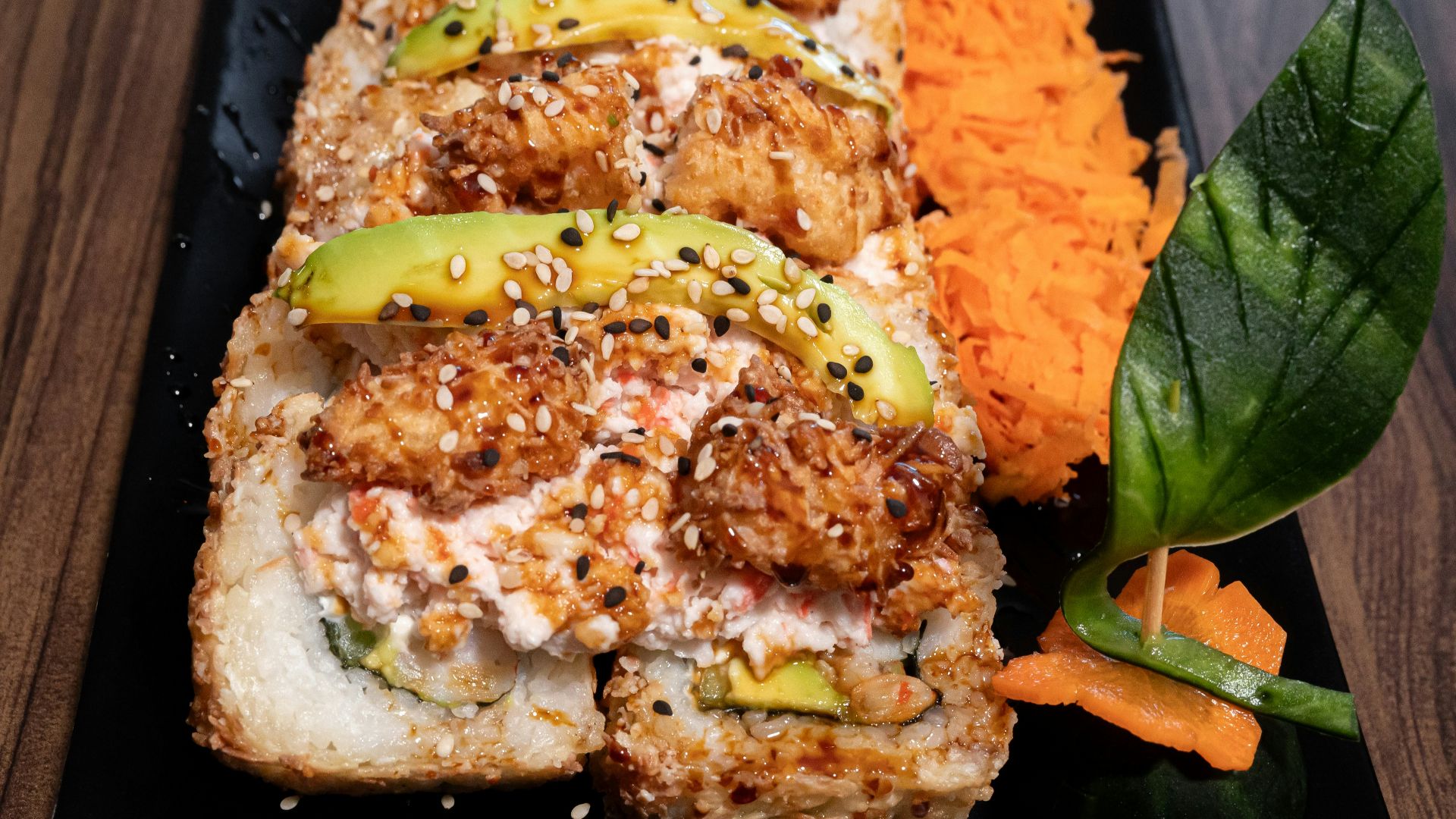 Fotografía de Alimentos on Unsplash
Fotografía de Alimentos on Unsplash
8. Chefs Handling Money Before Food Prep
The sight of a sushi chef moving directly from handling cash to preparing food should raise immediate concern. Gloves do not eliminate the risk of contamination, since pathogens transfer easily without proper hygiene. Only thorough handwashing can prevent dangerous cross-contamination.
9. Unclean Dining Space And Menus
Those grimy menus and sticky tables are bacterial playgrounds. It's why leading sushi bars embrace the "clean as you go" system, which aligns with Food Standards Agency requirements and helps prevent contamination issues.
10. Too Many Non-Sushi Distractions On The Menu
When a sushi establishment presents an overwhelming menu loaded with cooked dishes, it signals compromised authenticity. True sushi specialists maintain focused, seasonal offerings rather than extensive cooked options, as sprawling menus typically indicate divided attention.
Now, here are ten signs that mean you’ve found a sushi spot worth coming back to.
1. Fish Sourced Daily From Trusted Markets
Like skilled investigators of seafood excellence, expert chefs scrutinize each fish for its telltale signs of premium quality—natural sheen, pristine texture, and unblemished appearance. This meticulous selection process begins daily at trusted markets, ensuring every piece meets traditional sushi standards.
 26 Course LUXURY Sushi Omakase & NEW Toyosu FISH MARKET in Tokyo Japan by Strictly Dumpling
26 Course LUXURY Sushi Omakase & NEW Toyosu FISH MARKET in Tokyo Japan by Strictly Dumpling
2. Chefs Serving Sushi Directly Over The Counter
In traditional Japanese dining, the intimate connection between chef and diner holds profound cultural significance. Today's sushi masters honor this heritage by serving directly across the counter, demonstrating their expertise through perfectly timed service.
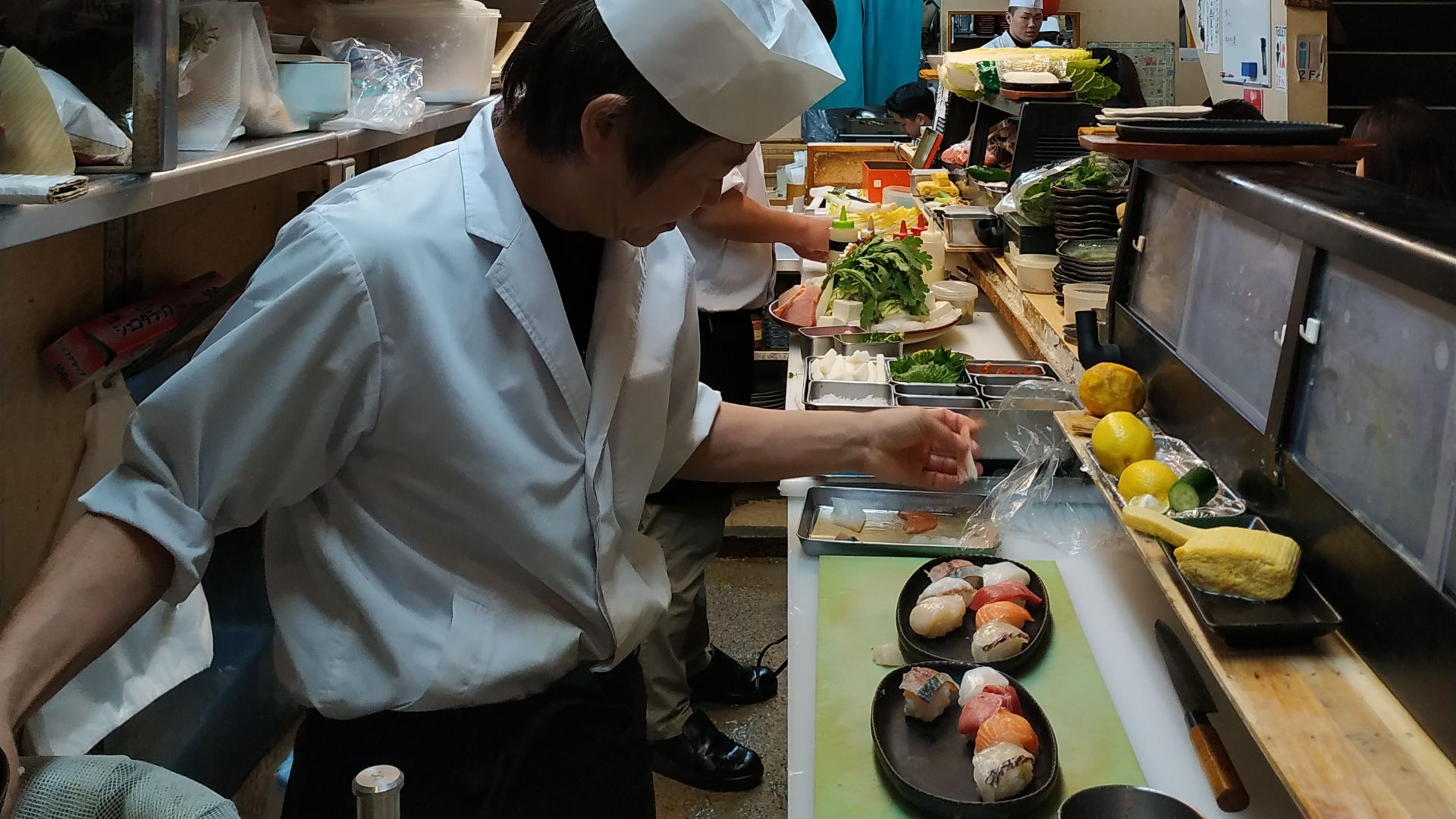 Nikos Roussos from Athens, Greece on Wikimedia
Nikos Roussos from Athens, Greece on Wikimedia
3. Omakase That Changes With The Seasons
Seasonal rhythms dictate when ingredients are at their peak, such as the prized winter tuna. Esteemed sushi restaurants embrace these natural cycles with omakase menus, allowing chefs to craft dishes centered on the freshest seasonal flavors.
4. Minimalist Plating That Highlights The Fish
While sushi itself offers intricate layers of flavor and texture, the presentation takes a deliberately opposite approach. Through clean, minimalist plating and carefully chosen dishes, great sushi restaurants create an intentionally simple stage where the natural magnificence of the fish can fully express its complexity.
5. Consistent Portions That Avoid Excess Or Waste
Precise knife work forms the foundation, with blades angled to produce uniform slices of fish. Through steady practice, this skill becomes fluid muscle memory, converting into artistry where each perfectly portioned piece highlights the visual elegance of sushi presentation.
6. Seasoned Rice That Complements, Not Competes
At first glance, each pristine grain stands distinct yet unified, which is a deceptively simple feat that masks an intricate art. Behind this delicate balance lies a master's precision: specialized rice grains, carefully selected vinegars, and an exacting blend of seasonings.
7. Harmony Of Textures In Each Bite
Every exceptional sushi bite orchestrates a delightful dance of textures that awakens the senses. From the tender fish and firm rice in nigiri to the crisp seaweed embrace of maki and temaki rolls, thoughtfully chosen garnishes complete this textural symphony.
8. Knowledgeable Staff Who Can Explain The Menu
An intricate sushi menu can feel overwhelming with its unfamiliar terms and preparation styles. Skilled staff provide clarity, explaining ingredients and techniques with ease. Their guidance extends to thoughtful sake pairings, ensuring each recommendation enhances the dining experience.
9. Classic Technique With Modern Touches
For seasoned sushi chefs, every dish becomes a careful balance of tradition and innovation. Time-honored techniques provide the foundation, and creative touches add individuality. This thoughtful fusion produces dishes that remain true to authentic roots.
10. An Environment Made For Slow Enjoyment
Instead of rush and distractions, traditional Japanese design sets the stage for a mindful dining experience. Natural wood and bamboo add authentic character, while soft lighting highlights each presentation. Such an inviting atmosphere creates a calm space where guests can savor flavors with full attention.
KEEP ON READING

How Microwaves Could Be Ruining Your Food

The Secret to Perfect Eggs Every Time

Is This Ancient Grain The Next Big Superfood?

The Protein Obsession: Is It Actually Healthy?



